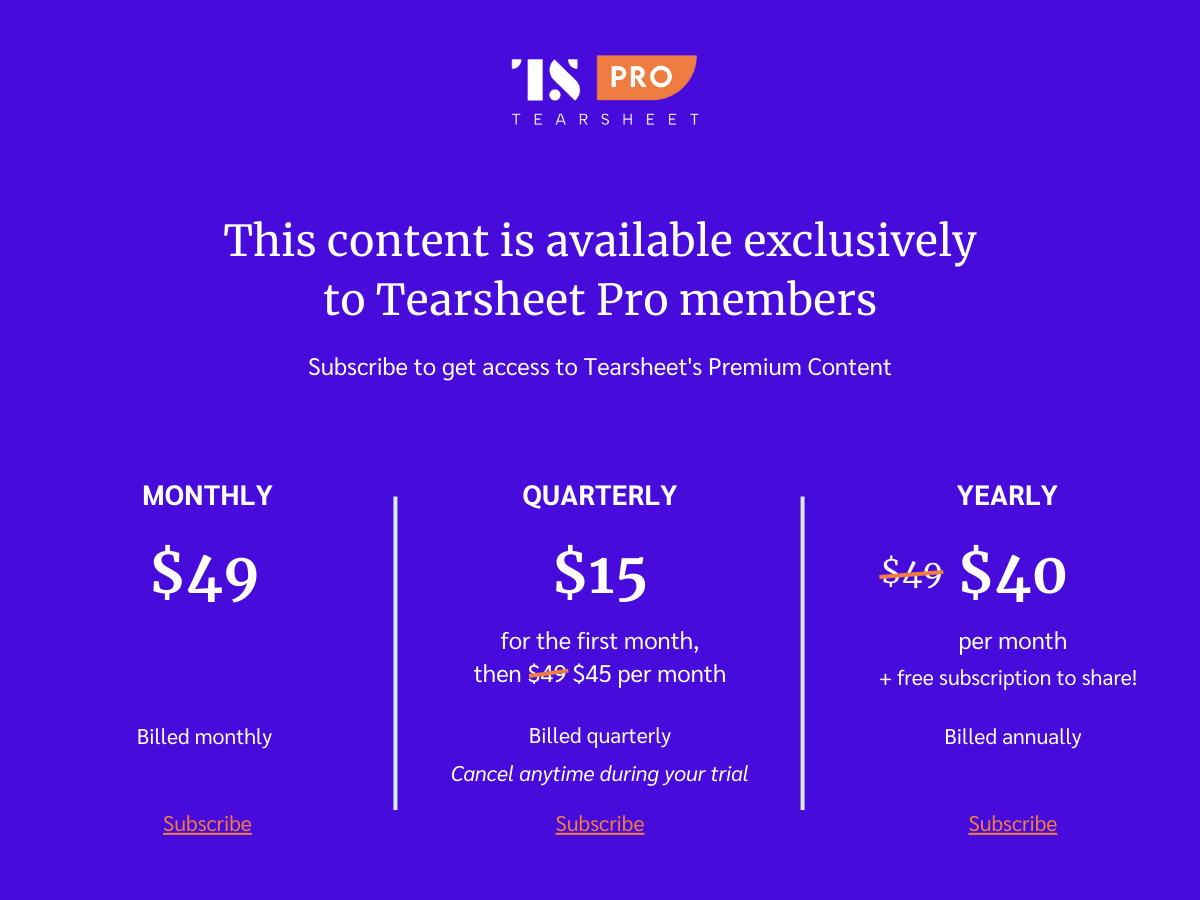How traditional banks are making embedded finance work without changing their DNA
- Legacy banks are embracing embedded finance to forge deeper relationships with clients and merchants beyond merely staying relevant.
- We deep dive into how J.P. Morgan Chase and Citi are building on their existing infrastructure to ramp up embedded payment investments, turning modern business needs into new opportunities, and what strategies have been working well in their favor.

Embedded finance is making financial services more accessible than ever by integrating them directly into where people shop, borrow, and insure. Fintechs like Stripe power embedded e-commerce payments, Affirm enables Buy Now, Pay Later (BNPL) at checkout, and firms like Unit and Treasury Prime equip tech companies with the infrastructure to offer branded banking and lending products.
But it’s not just fintechs driving this shift anymore. Traditional banks, which once considered embedded finance like a passing trend (like how they initially side-eyed the cloud), aren’t sitting this one out. In fact, they are now fully on board.
Legacy banks aren’t just embracing embedded finance to keep up — they’re using it to forge deeper relationships with clients and merchants:
i) Goldman Sachs Transaction Banking, in collaboration with Modern Treasury, offers embedded payments service that accelerates client onboarding and streamlines payment processes. Since 2022, this partnership has enabled businesses to integrate payment capabilities directly into their platforms, facilitating domestic and cross-border transactions, real-time payment tracking, and digital account management.
ii) Wells Fargo provides a suite of APIs, SDKs, and webhooks that enable businesses to integrate payments, fraud protection, and data services directly into their applications, through its Wells Fargo Gateway platform.
In 2023, the bank also expanded its embedded lending offerings by partnering with ChargeAfter. The partnership enables merchants using ChargeAfter’s platform to offer Wells Fargo’s private label credit programs at the point of sale, increasing consumer financing options.
J.P. Morgan Chase and Citi, on the other hand, have been particularly proactive compared to their peers in offering and scaling up their embedded finance initiatives in the last couple of years.
We deep dive into how J.P. Morgan Chase and Citi are building on their existing infrastructure to ramp up embedded payment investments, turning modern business needs into new opportunities, and what strategies have been working well in their favor.
J.P. Morgan’s growing stronghold in embedded finance
J.P. Morgan Chase has been actively developing its embedded payments offerings over the last four years targeting industries such as e-commerce marketplaces and consumer retail, among other sectors.
“As more marketplaces, platforms, and companies — especially in retail, healthcare, and auto — expand to a marketplace business model, embedded finance can create a singular experience for their own customers,” Max Neukirchen, global co-head of J.P. Morgan Payments told me recently.
i) The launch of full-stack payments solution
Last year, the bank’s payments wing, J.P. Morgan Payments, launched a full-stack B2B payments system for North American merchants. This omnichannel platform consolidates technology and transaction processes under a single provider, JPM Payments, simplifying payment operations for merchants while enhancing the checkout experience for both online and in-store shoppers.
“Many merchants love our transaction services and cash management solutions, but we did not have that full-stack solution,” noted Jean-Marc Thienpont, Managing Director of Omnichannel & Biometric Solutions at J.P. Morgan Payments. “Now that we have it, we give them the full benefit of that full-stack solution embedded with all the benefits J.P. Morgan can provide.”
ii) Expansion of embedded banking solutions
J.P. Morgan Payments also broadened its embedded banking solutions in 2024, enabling corporate clients to integrate payment functionalities directly into their systems to improve cash flow management and UX.
An example is JPM Payments’ partnership with SalonCentric, L’Oréal’s B2B marketplace, which integrates JPM’s treasury services to optimize cash flow and payment processing for beauty professionals and salon owners.
The bank’s Embedded Finance and Solutions team, now four years in, has been leading this charge.
“Our team was created to meet these new client needs in a “software as a service” manner, providing agile delivery and co-innovation to power commerce payments,” Lia Cao, Global Head of Embedded Finance & Solutions at J.P. Morgan Payments told me last year.
The edge of in-house tools: JPM built in-house tools to simplify client integrations:
- Payments Developer Portal – Built on AWS, this resource provides developers with documentation, an interactive API sandbox for integration testing without impacting production data, and support tools to simplify JPM’s payment solution integration.
- Payments Partner Network – With third-party integrations spanning multiple industries and use cases, JPM has built a network that allows the bank to integrate diverse payment methods, banking solutions, and trade financing options.
As businesses increasingly shift toward modular, as-a-service models, J.P. Morgan is adapting its infrastructure to support varying levels of integration. With plug-and-play APIs, embedded UI components, or fully managed payment solutions, JPM’s strategy is to provide the core financial rails and let its clients decide how to build their experiences on top of them.
The case of Citi: Positioning itself as both a direct BNPL provider and an embedded finance enabler for merchants
Citi expanded its footprint in embedded finance by introducing Citi Pay. Initially launched in 2016 as a digital wallet solution for Android users, Citi expanded the Citi Pay brand to include embedded payment solutions such as Citi Pay Credit and Citi Pay Installment Loan in 2023.
i) Evolution of Citi Pay
…







